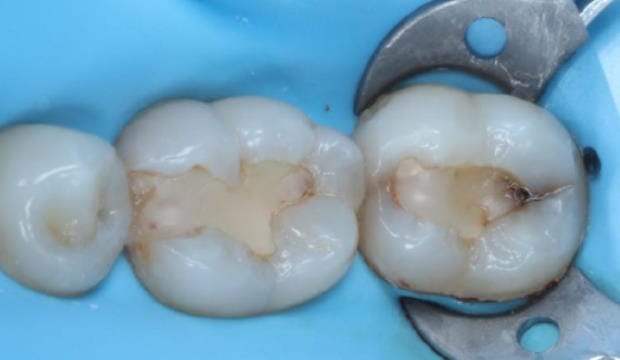
BEFORE
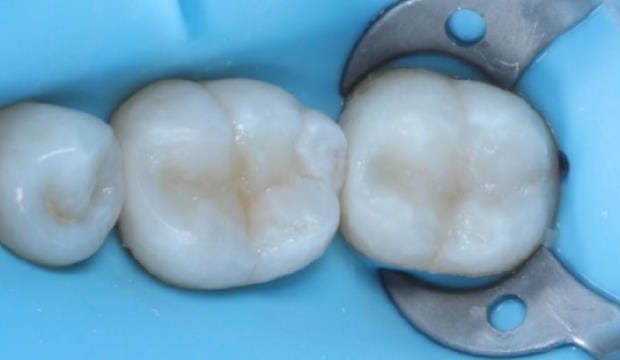
AFTER
How do Fillings work?
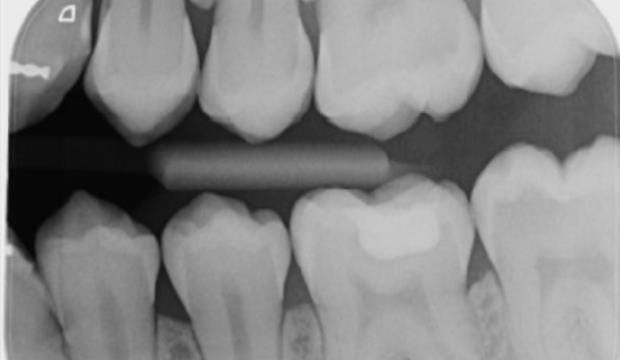
Step 1: Diagnosing and planning
Not all ugly looking old fillings need to be replaced, but these ones were particularly in a bad state. Using high magnification and latest generation of dental x-rays, we could easily identify that these teeth were suffering from recurring decay and leaking fillings.
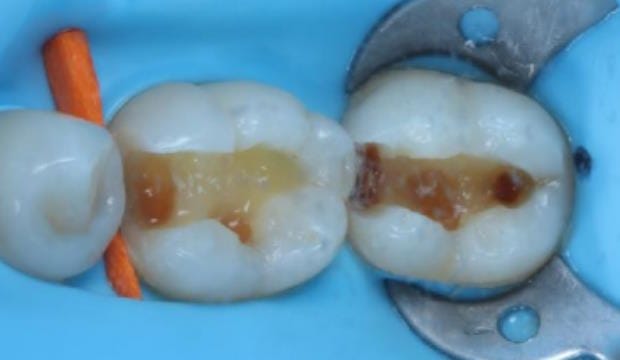
Step 2: Removal of old filling
After painlessly numbing the teeth, the dentist placed rubber dam to isolate them from the rest of the mouth. Rubberdam is essencial for safety, comfort and precision. The old fillings are removed. On this image we can see where the decay was.
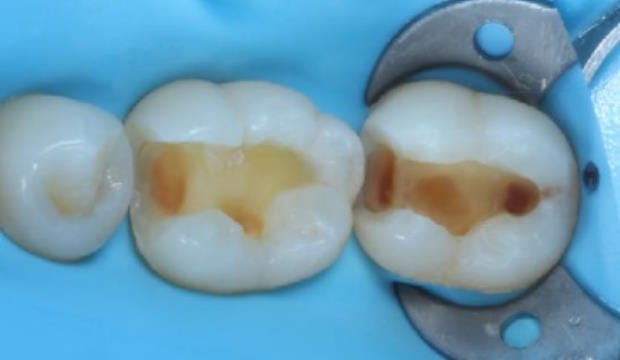
Step 3: Cleaning the teeth
The dentist removes all the decay without injuring the healthy parts of the teeth. We use only the best burs and sandblasting for a deep yet gentle decay cleaning.
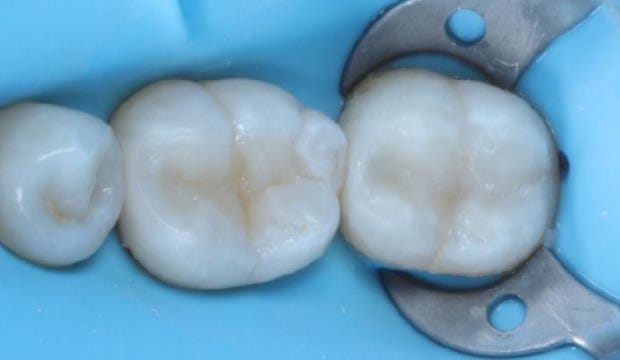
Step 4: Layering the composite
Once clean, the cavities are then filled with composite resin. This part of the technique is also sensitive, as there must not be any humidity and the composite has to be placed in layers to avoid excessive shrinkage.
Explore more of our before & afters…
Wimpole St Dental Clinic has strict sourcing guidelines and relies on peer-reviewed studies, academic research institutions, and medical associations. We avoid using tertiary references. You can learn more about how we ensure our content is accurate and current by reading our editorial policy.





